About This Episode
What’s the deal with the James Webb Space Telescope? On this episode, Neil deGrasse Tyson and comic co-host Matt Kirshen learn about the JWST and what new things it will help us discover with NASA astronomer Natalie Batalha and filmmaker Nathaniel Kahn.
Will this telescope help us find habitable planets? Another Earth perhaps? We discuss Nathaniel’s new documentary, The Hunt for Planet B, which follows scientists as they research and build humanity’s largest and most cutting-edge space telescope to date. Why was it delayed so much? Where is it being launched? What new engineering and feats of science were invented? What is it like to put your entire career into one object?
Next, we speak with Natalie and her journey to work on the JWST. Find out the two main objectives of the JWST and how it may help us glimpse into the past. We get into spectroscopy and how JWST uses infrared light. What’s the difference between JWST and other space telescopes we’ve launched in the past? Why are we looking for exoplanets? Are we planning to leave? We get into our patron’s questions: How big would a telescope have to be to see cities on other planets? Why do we choose to send up one single telescope instead of an array? What does Natalie want to discover? We explore best case and worst case scenarios. What happens if it doesn’t deploy properly?
What will JWST see that Hubble can’t? What would be the most exciting or surprising thing for it to detect? Can the telescope detect life? What about extrasolar objects like ‘Omuamua? What is the mechanism for how our moon formed? What is the usable lifespan of JWST? And finally, how will JWST further shape future generations’ vision of this world, just as Hubble had for the last generation of scientists?
Thanks to our Patrons Stefan Fox, Cortex MC, Brenton Verlo, taylor primm, Charles Shieler, Alden Doolittle, and Thomas Harshbarger for supporting us this week.
NOTE: StarTalk+ Patrons can watch or listen to this entire episode commercial-free.


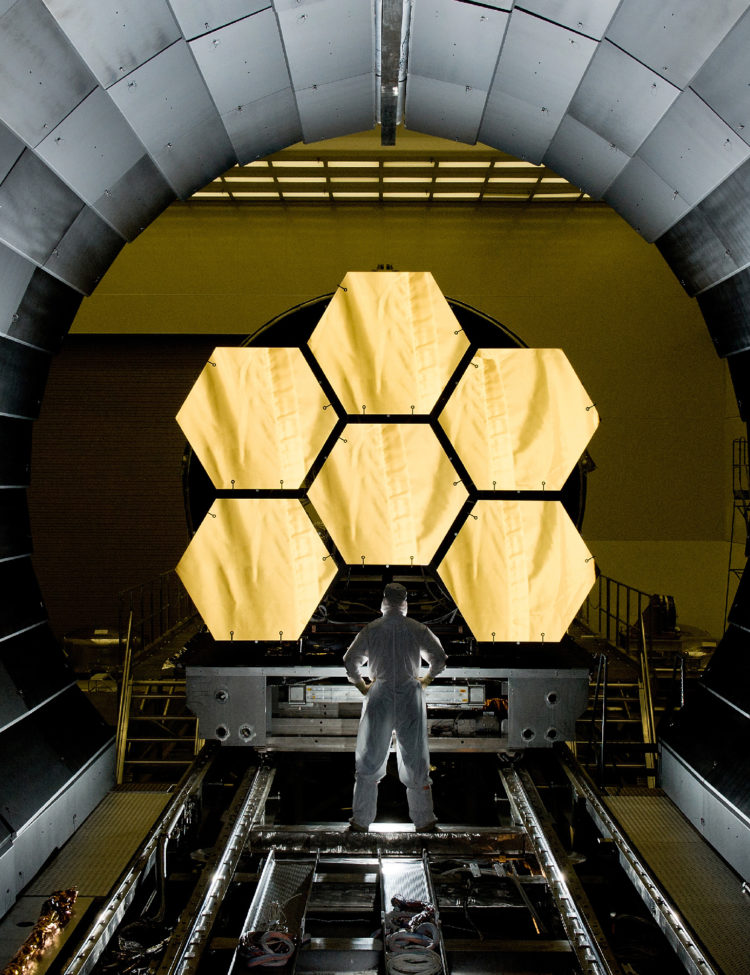
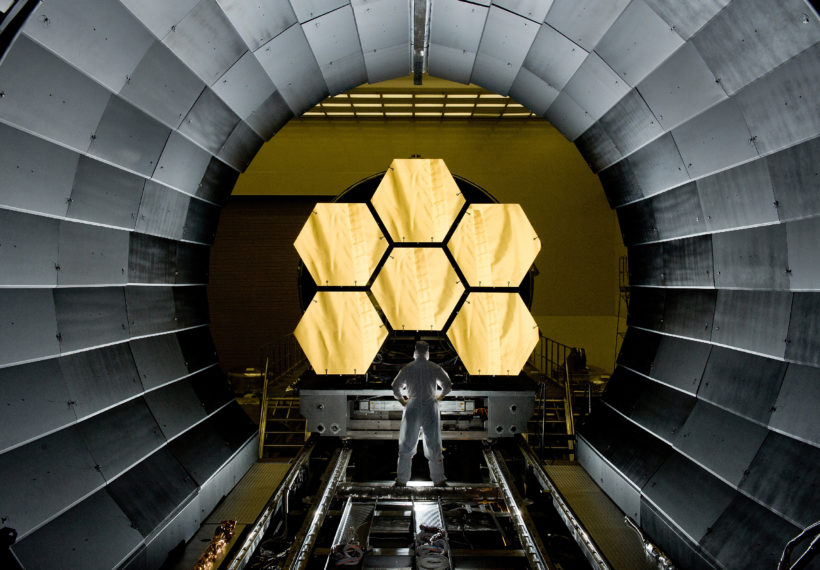
 Unlock with Patreon
Unlock with Patreon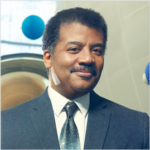

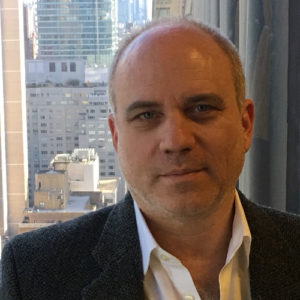
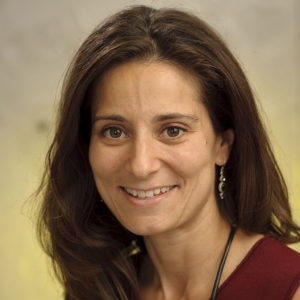
 Become a Patron
Become a Patron